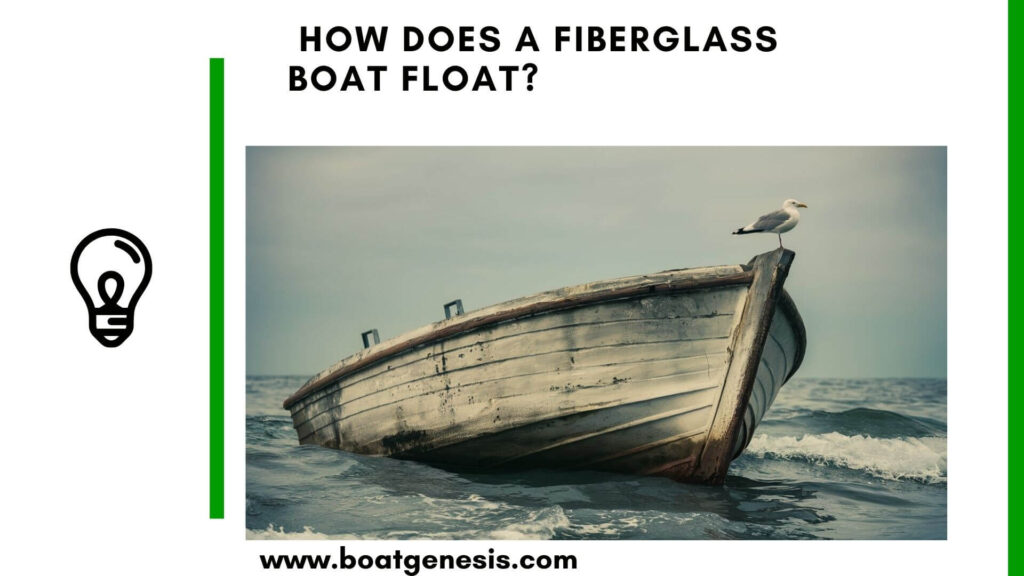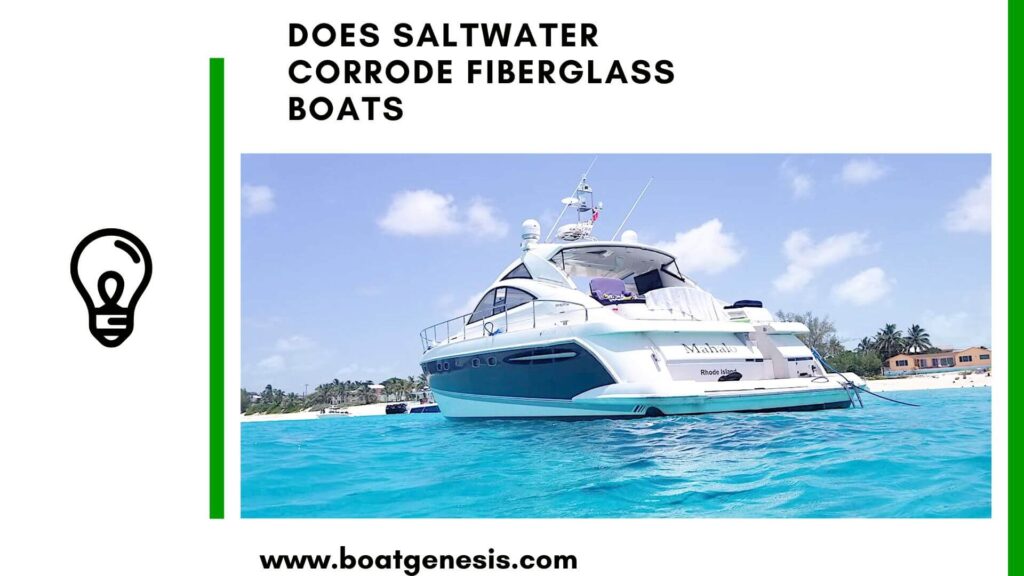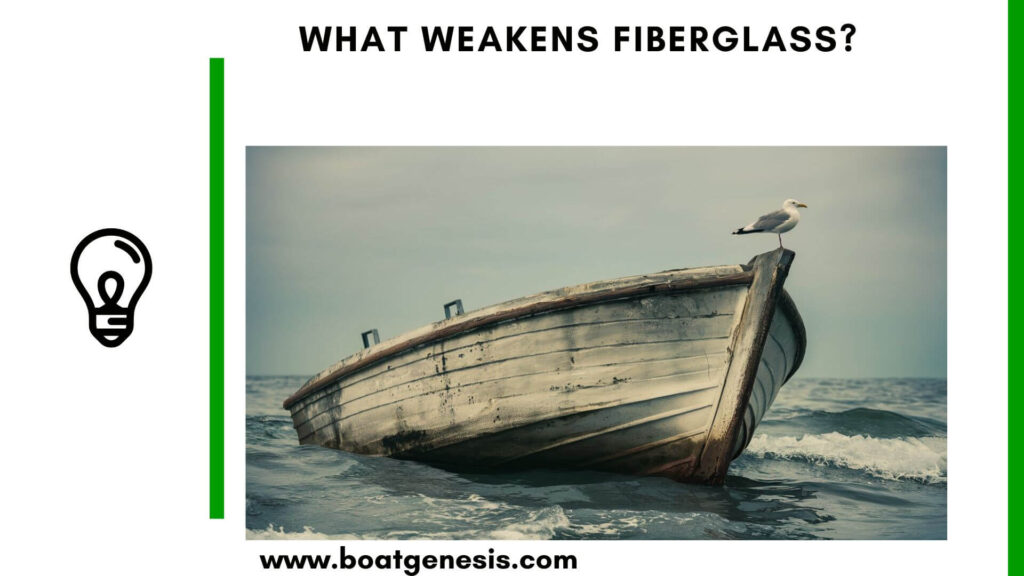Fiberglass boats are able to float due to the principles of buoyancy and displacement. The materials used in fiberglass boat construction are lightweight yet strong, allowing the hull to displace water and create upward buoyant forces.
When a fiberglass boat hull is placed in water, it displaces a volume of water equal to the immersed volume of the hull. This displacement of water creates an upward buoyant force that counteracts the downward force of gravity acting on the boat.
Since fiberglass hulls are built to be lightweight, the buoyant force exceeds the boat’s weight, allowing it to float.

There are a few key reasons why fiberglass enables this flotation:
- Fiberglass is strong and rigid, yet lightweight. This high strength-to-weight ratio maximizes buoyancy. Heavier construction materials like steel would sink the boat.
- The layers of fiberglass cloth and resin create a watertight shell. This sealed hull traps air inside, contributing to overall buoyancy.
- Closed cell foam flotation material is often laminated into the fiberglass hull for extra buoyancy as a safety measure.
- Some fiberglass boats have air-filled voids or foam-filled pods built into the hull design. These add buoyancy and stability.
- Fiberglass construction creates smooth hull shapes that easily shed water, reduce drag, and further enhance flotation properties.
==>> Also read: What weakens fiberglass?
Additional Factors Affecting Flotation
While fiberglass itself enables flotation, some additional factors can influence how well a fiberglass boat floats:
- Load weight and distribution affects center of gravity and buoyancy distribution. Overloading will cause the boat to ride lower and float less efficiently.
- The hull shape and design attributes like beam width, draft depth, and curvature affect displacement and flotation stability.
- Watertight integrity is crucial. Any leaks or cracks will allow water intrusion and compromise buoyancy.
- Water conditions like waves, wind, and currents can negatively impact flotation if not properly handled.
So proper fiberglass boat operation, loading, and maintenance helps optimize the natural flotation properties.
Final Thoughts
So in summary, the lightweight and watertight properties of fiberglass, along with design elements like flotation foam, allow fiberglass boat hulls to displace water and utilize the upward buoyant forces to efficiently float.
Fiberglass as a boat building material creates an ideal balance of strength, weight, and sealing ability to make flotation.




